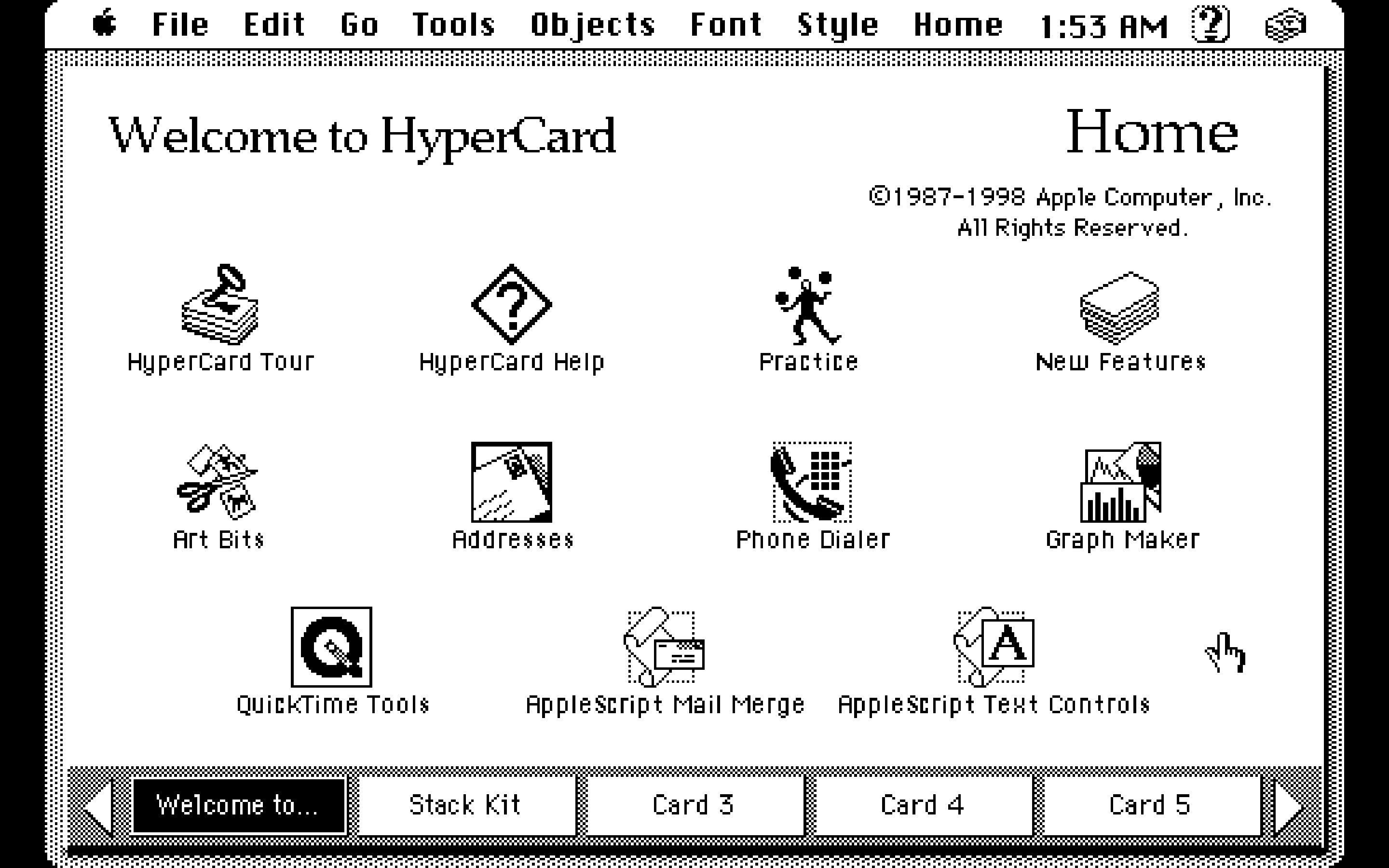
Narrative media
A medium is a carrier or vehicle of stuff, and in the case of creative work, concepts, ideas, and other expressions. If you are standing next to a person, and would like to communicate something you are thinking to them, you would simply use verbal communication, assuming you both spoke the same language. For a very long time, this was the main way humans communicated. Over time, people discovered that they could convey ideas without having to be physically present for the communication to take place. Written language allowed people to communicate an idea repeatedly, to different people, without having to be there.
Fast forward to now, digital formats now afford people communicate across the planet by talking into a box that fits into the palm of your hand. Some are working on brain interfaces so that communication of thoughts can happen automatically and without the possible constraints imposed by spoken and written language.
Transmedia
Transmedia is communication of ideas and experiences through multiple mediums. But what exactly is a medium?
A medium is a carrier or vehicle of stuff, and in the case of creative work, concepts, ideas, and other expressions. If you are standing next to a person, and would like to communicate something you are thinking to them, you would simply use verbal communication, assuming you both spoke the same language. For a very long time, this was the main way humans communicated. Over time, people discovered that they could convey ideas without having to be physically present for the communication to take place. Written language allowed people to communicate an idea repeatedly, to different people, without having to be there.
Fast forward to now, we can use different media simultaneously to communicate. When one thing is being communicated across media, this is called Transmedia. Typically, each medium used adds to, expands, contextualizes content in different ways in a non-linear fashion.
Unlike single-source media, transmedia refers to the idea that a narrative is communicated and experienced across multiple forms of media. A good example of a transmedia narrative project is documented in the film, The Institute (2013). In the film, fictional and non-fiction stories unfold through a wide array of media including paper fliers, physical installations and puzzles, radio programs, organized events, video recordings, phone calls, and others.
Interactive media
Interactive media is communication that you can influence or control in some way. In some cases, the viewer becomes the co-author of the communication by adding their own content. One of the most notable examples of interactive fiction is video games. Most, but not all, video games follow linear stories where players perform actions to move the story forward.
Examples
Hypertext
An early computing pioneer, Theodor H. Nelson, summed up hypertext as this:“ by hypertext, I mean non-sequential writing—text that branches and allows choices to the reader, best read at an interactive screen. As popularly conceived, this is a series of text chunks connected by links, which offer the reader different pathways.”
CERN officially put the World Wide Web (WWW), developed by British Scientist Tim Berners-Lee, into the public domain on 30 April, 1993. The WWW, or simply "Web," allows for the use of Hyper Text Transfer Protocol (HTTP) to quickly and reliably retrieve and distribute information between a Web Browser and a Web Server.
Not long after, people started using hypertext as a means to tell both linear and non-linear stories, called hypertext narratives. Before the introduction of the Web, hypertext fictions were first published using desktop software such as Storyspace and Hypercard. Afternoon, written by Michael Joyce in 1987 and published by Eastgate Systems in 1991, is considered one of the first hypertext fictions. Hypertext fiction confronts readers with nodes of text; decision points where they use hypertext links to navigate to other nodes. Because the order in which the story is revealed will depend on reader choices, reader becomes–in a sense–co-author. The concept of linked nodes of content has extended past text-based media to multimedia objects called hypermedia.